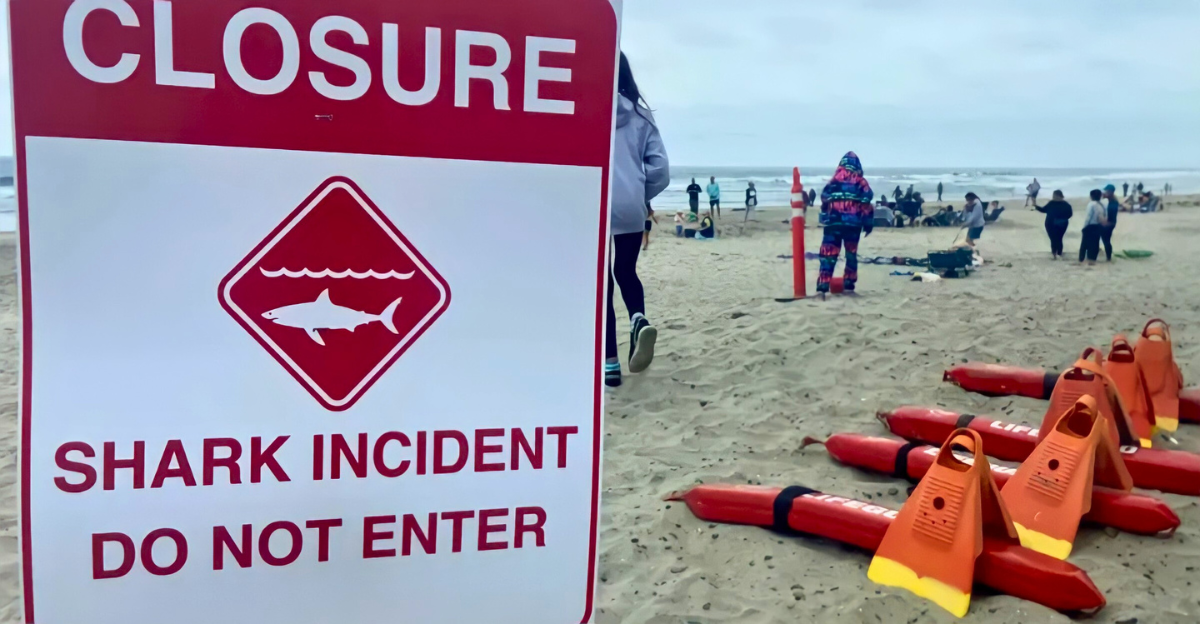
Shark attacks on American beaches have increased significantly in recent years, with Florida seeing the most of these attacks. This trend is supported by data from several reliable sources, so it is not just media sensationalism. Florida is known as the “Shark Bite Capital of the World” because it accounts for more than half of all shark attacks in the United States.
A special fusion of ecological, environmental, and behavioral factors drives this complex phenomenon. Comprehending these factors is crucial for maintaining the delicate equilibrium between marine predators and humans as well as for public safety. Instead of dismissal or panic, the surge calls for a serious, data-driven response.
A Historical Viewpoint
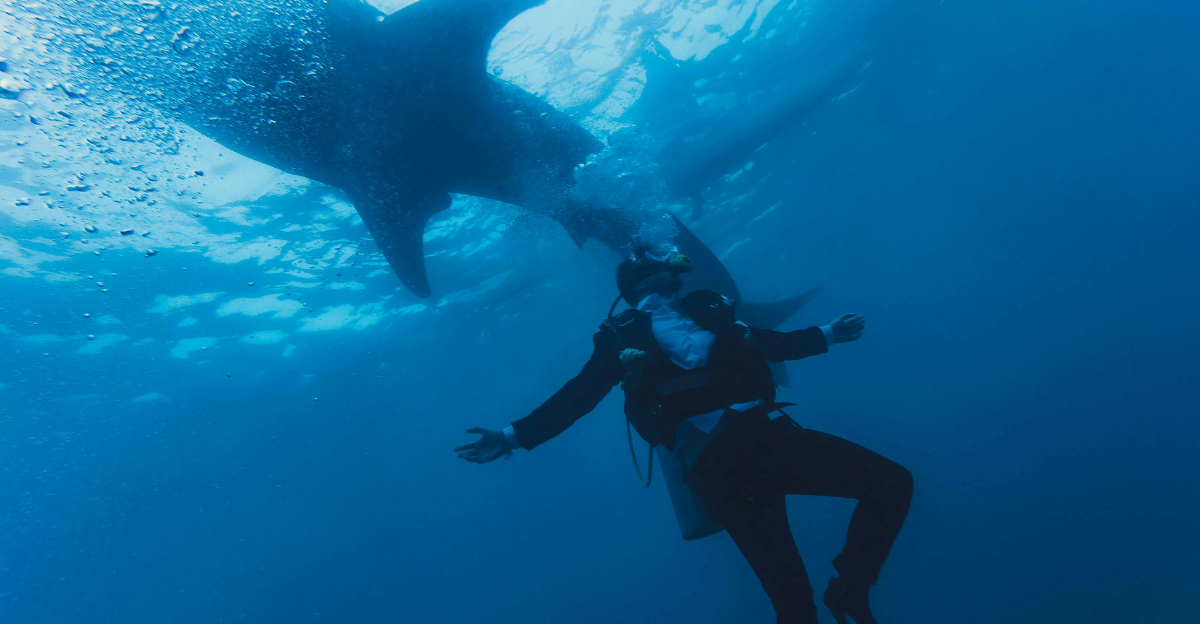
Shark attacks in the US have historically been rare and frequently inflated by sensationalist media. Nonetheless, historical data clearly shows an upward trend, with incidents steadily rising over the past few decades. Only four attacks were reported nationwide in 1955; by 2015, that number had increased to 57. Because of its long coastline and warm waters, Florida has always been the epicenter, but the rate of increase is unprecedented.
Over 900 unprovoked attacks have occurred in Florida since 1837, according to the International Shark Attack File (ISAF), a number that significantly exceeds that of other states. The idea that shark attacks are a recent or uncommon occurrence is debunked by this historical account. Instead, it draws attention to Florida’s historical susceptibility and the changing relationship between sharks and people.
Why Florida?
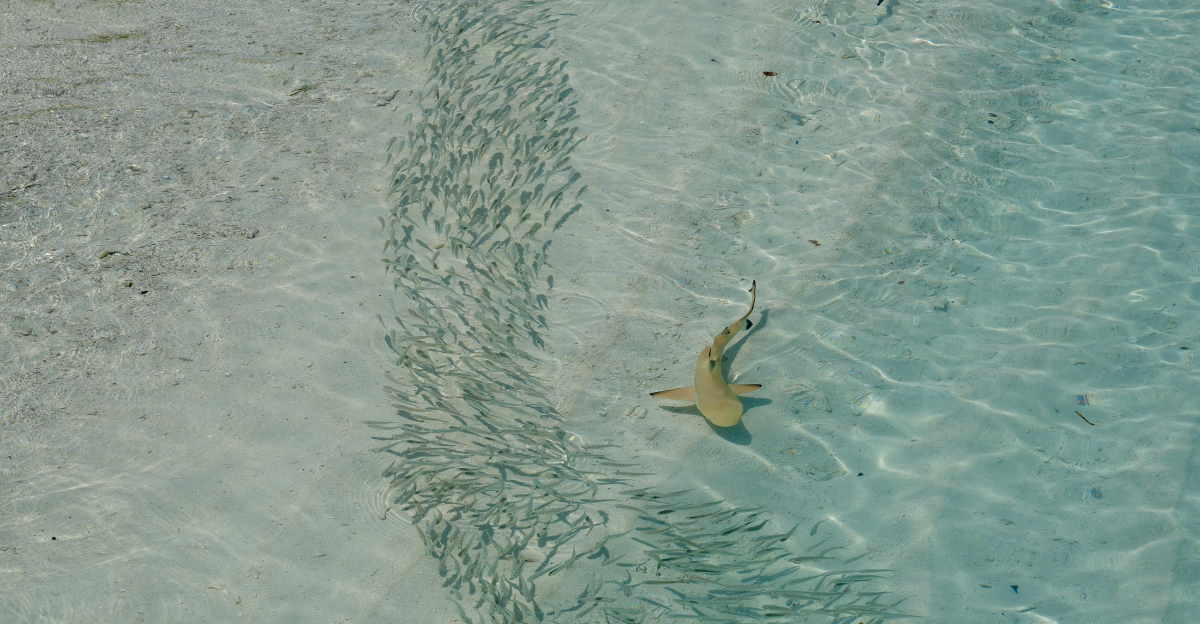
Because of its distinct geography and ecology, Florida is a great place to see sharks. The state has more than 1,300 miles of coastline, and its subtropical waters draw millions of tourists each year, in addition to sharks. These waters are home to species like bull, spinner, and blacktip sharks, which frequently come into contact with people due to their natural behaviors.
This is caused by a number of things, including high human water activity density, hazy water that makes it difficult to see, and a lot of baitfish that draw sharks near the coast. The likelihood of encounters is further increased by Florida’s thriving tourism industry and coastal population.
The Explosion of Data
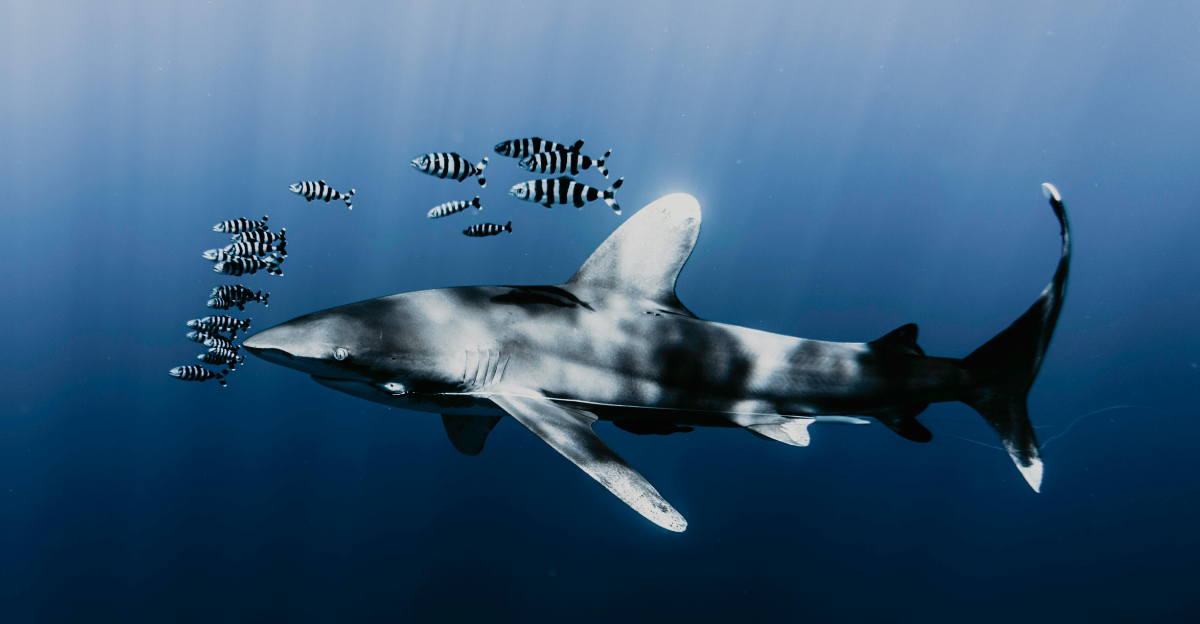
Shark attack reports have increased dramatically in recent years, which is indicative of both a real rise and better reporting systems. Nearly two-thirds of all shark bites worldwide occurred in the United States in 2021, with 47 occurring in Florida alone. A worldwide hotspot, Volusia County routinely reports the majority of these cases. This increase is a part of a distinct upward trajectory that is backed by cumulative data and five-year averages, not a statistical anomaly.
Florida’s disproportionate share is highlighted by the fact that other states, such as California, New York, and Hawaii, report far fewer incidents. Important questions concerning human behavior, environmental changes, and shark population dynamics are brought up by the data explosion.
Public Fear, Psychology, and the Media

Beyond just the physical harm, shark attacks have a profound psychological impact. Survivors frequently experience anxiety, post-traumatic stress disorder (PTSD), and chronic psychological distress, which is made worse by constant media attention and social media amplification. Sensational headlines and graphic images have the power to transform isolated incidents into mass panic, which can have an economic and social impact on entire coastal communities.
Irrational actions like beach avoidance or calls for shark culling are frequently the result of public fear and can have unforeseen ecological repercussions. Crafting responsible media narratives and public health responses that strike a balance between awareness, empathy, and factual accuracy requires an understanding of the psychological dimension.
Effects of Economic Ripples
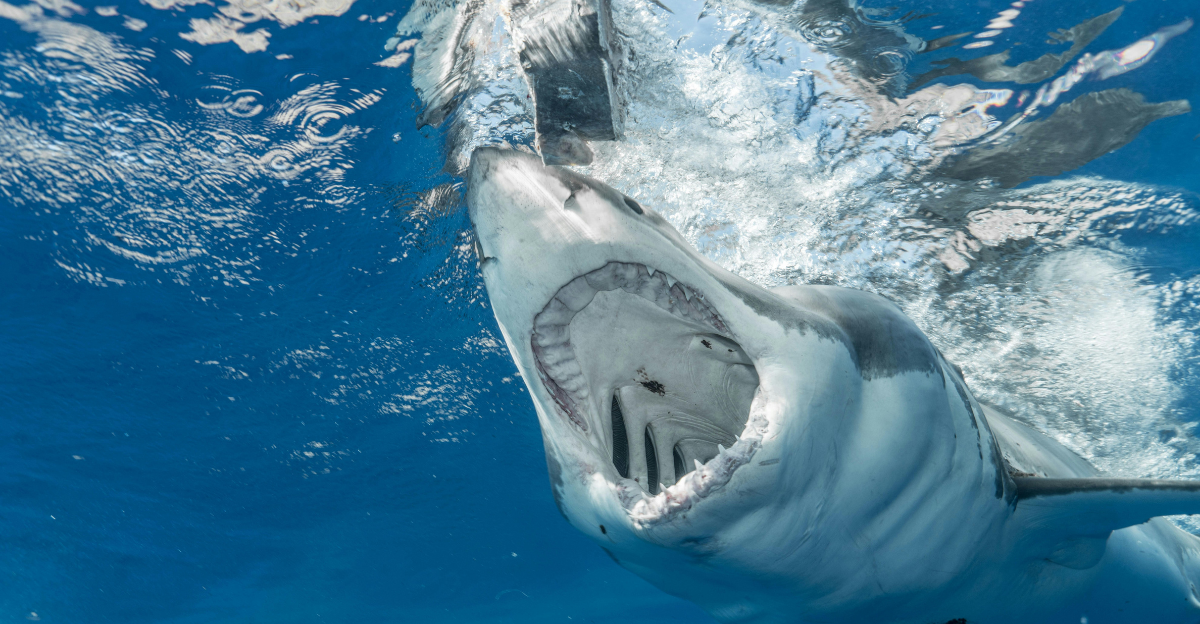
An intricate economic conundrum is brought about by shark attacks. First, as thrill-seekers and shark enthusiasts swarm to impacted areas, curiosity and media attention can increase tourism. The shark tourism sector in Florida, which includes eco-tours and cage diving, brings in millions of dollars every year. However, well-publicized assaults frequently lead to a precipitous drop in beachgoers and hotel reservations, resulting in significant financial losses.
For instance, local businesses may experience a downturn that lasts for months or even years following a highly publicized attack. Coastal properties may see higher insurance rates, and local governments will have to pay more for emergency response and safety measures. Beyond tourism, real estate markets and investments in public infrastructure are also impacted by the economic knock-on effects.
Technology and Models for Prediction
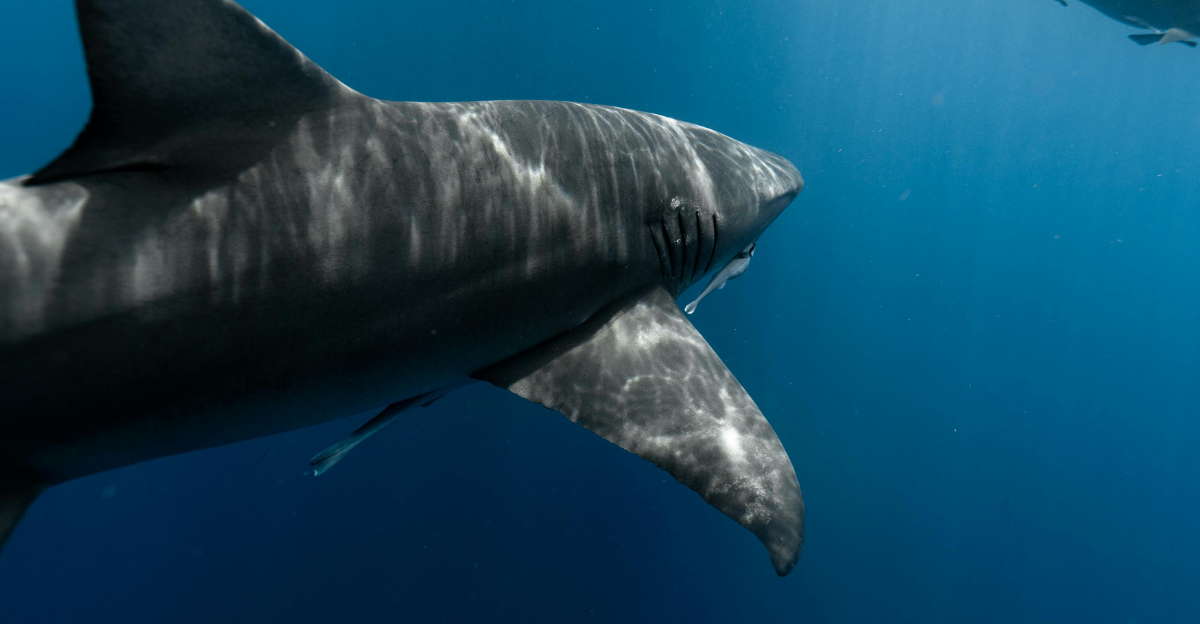
Predictive analytics and advanced technology are being used more and more in the fight against shark attacks. Researchers can now analyze large datasets, including historical attack records, shark migration data, and marine weather patterns, to predict shark presence and risk levels with previously unheard-of accuracy thanks to developments in artificial intelligence and machine learning.
By replacing general warnings with accurate, location-specific risk assessments, these technologies improve safety without needlessly limiting access to beaches. These tools’ creation and application also pave the way for new studies on shark behavior and human-shark interactions, which could revolutionize coastal management globally.
The True Danger of the Contrarian View
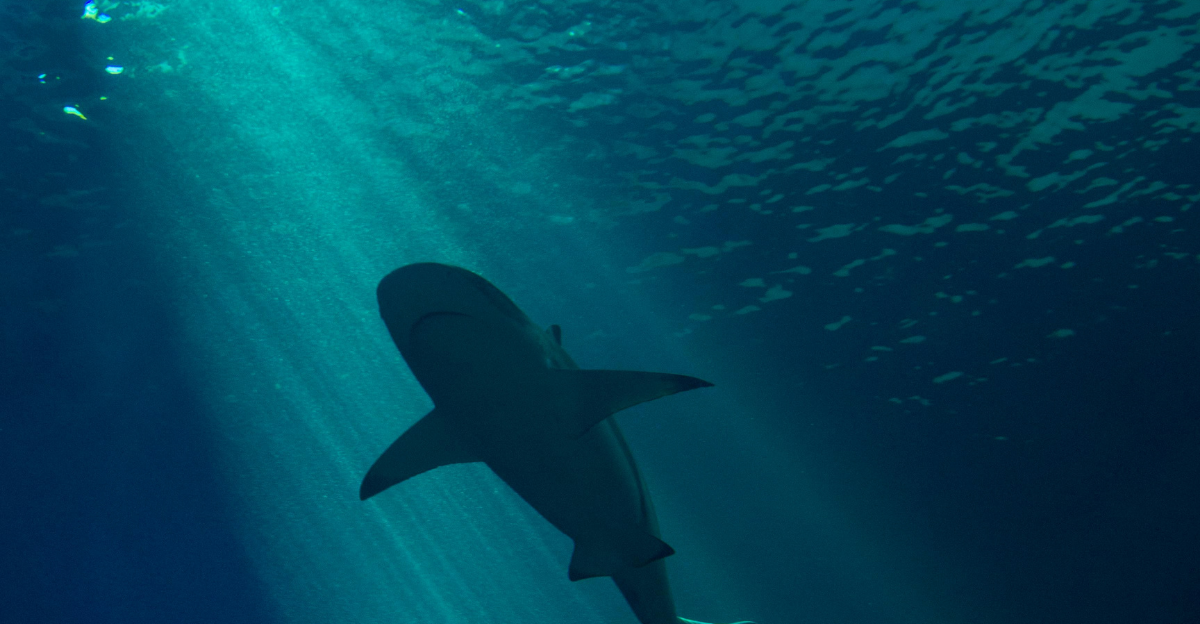
The risk to individual beachgoers is still incredibly low, even with the startling rise in shark attacks. Most bites result in minor injuries, and fatalities are uncommon. This begs the crucial question of whether the surge is a result of better reporting and awareness or ecological changes. Sharks are moving closer to shore due to habitat disruption, overfishing, and climate change, according to some experts, while others contend that increased media attention and improved data collection inflate perceived risk.
The prevailing narrative of increasing danger is contested by this contrarian viewpoint, which calls for a more complex understanding of risk that strikes a balance between caution and perspective. In order to lessen irrational fear and encourage harmony with marine life, it also emphasizes the necessity of public education.
Effects
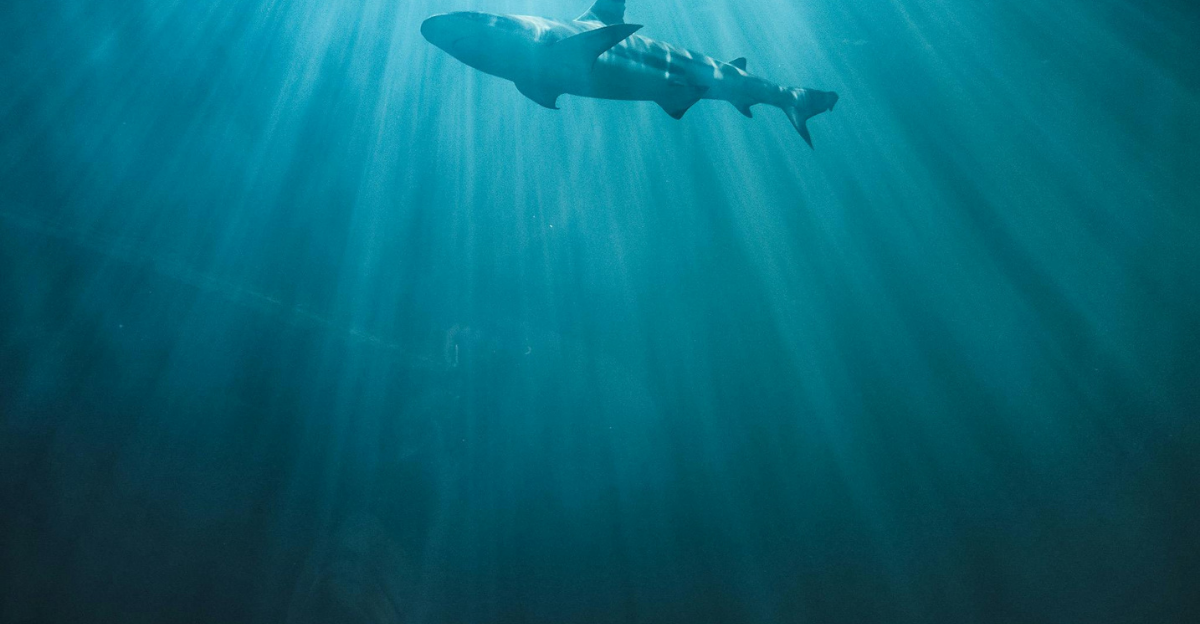
Beyond immediate safety concerns, the surge in shark attacks in Florida has far-reaching second- and third-order effects. Aggressive beach closures or calls for shark culling have the potential to upset marine ecosystems, upsetting food chains and destroying biodiversity. Because more injuries put a strain on medical resources, policy responses may have an impact on local economies, insurance markets, and healthcare systems.
These knock-on effects interact with more general environmental issues like coastal development and climate change. Developing comprehensive policies that address shark attacks as well as their larger societal and ecological context requires an understanding of these cascading effects.
Conclusion
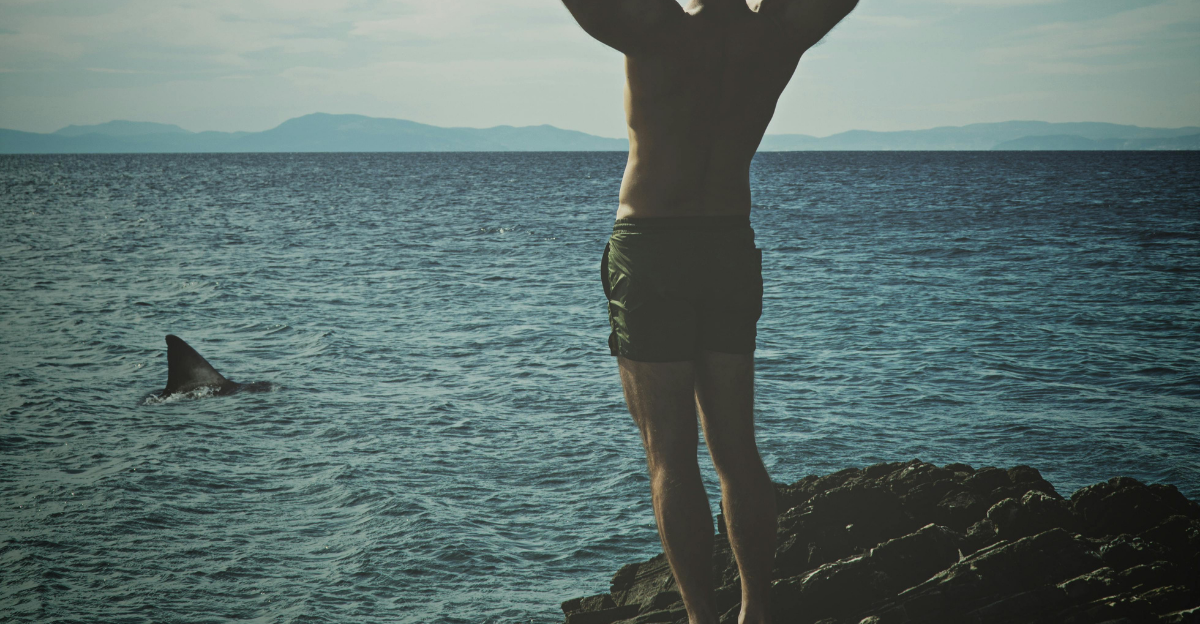
It is risky to ignore the increase in shark attacks, particularly Florida’s disproportionate share. This phenomenon shows how human behavior, environmental changes, and technological advancements interact in a complex way to reshape coastal life. The beaches of Florida serve as both a natural paradise and a test site for how well humans can coexist with apex predators.
Shark attacks on US shores are on the rise, and more than half of them are concentrated in a single state, according to the data. The difficulty is in reacting intelligently, empathetically, and openly rather than by inciting fear. We cannot navigate this changing reality and protect marine and human life without rigorous science, creative technology, and well-considered policy.







